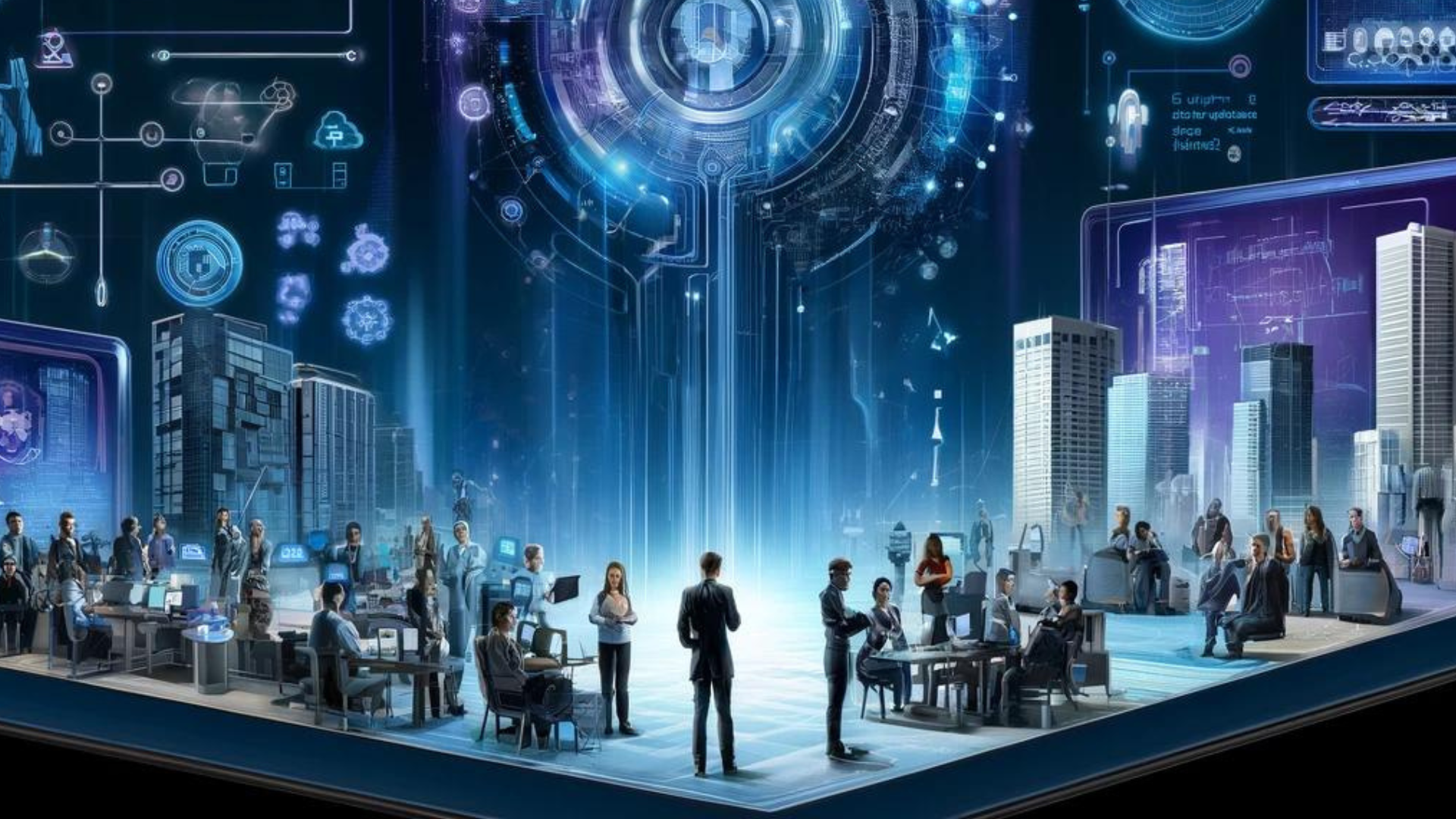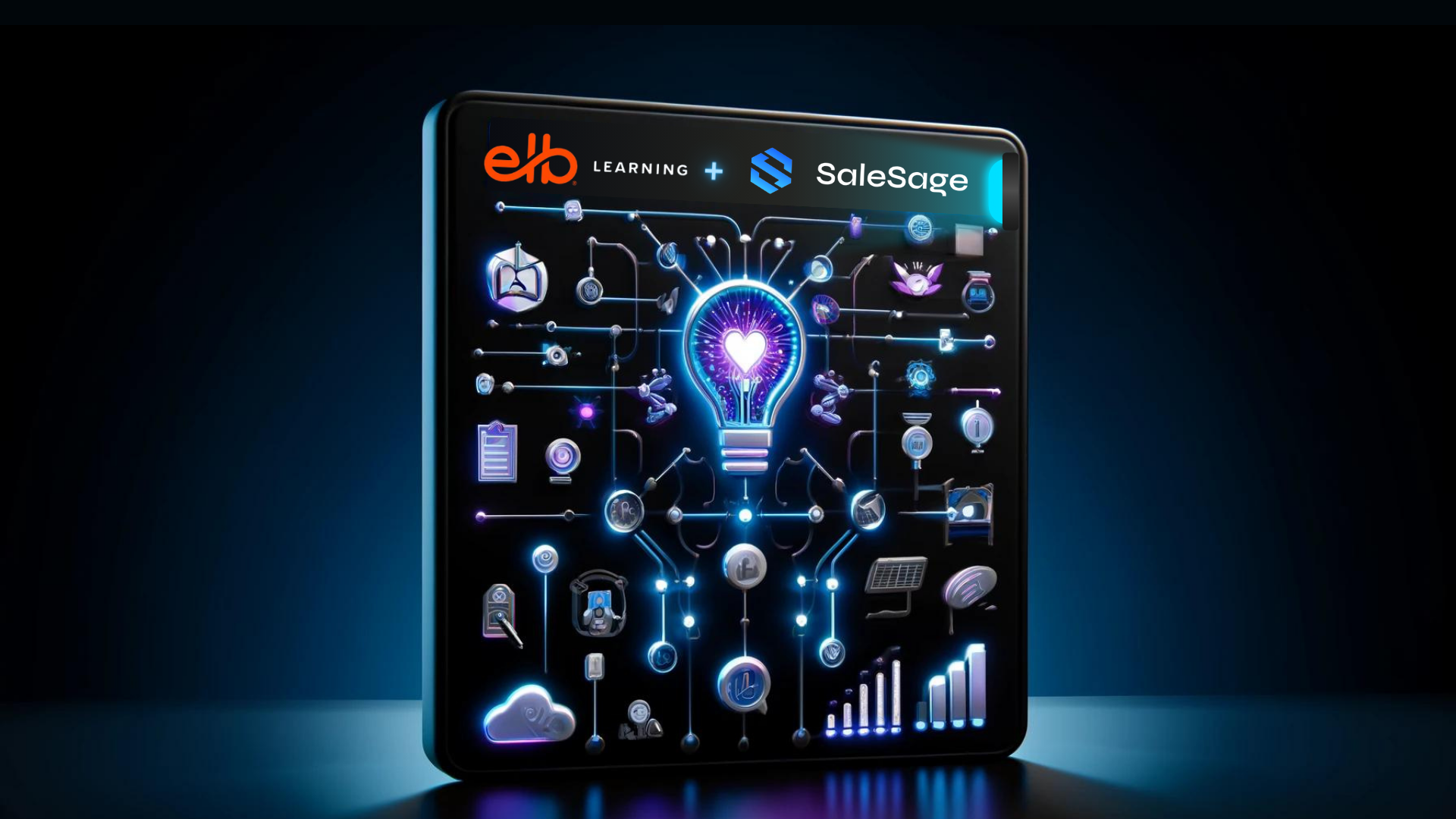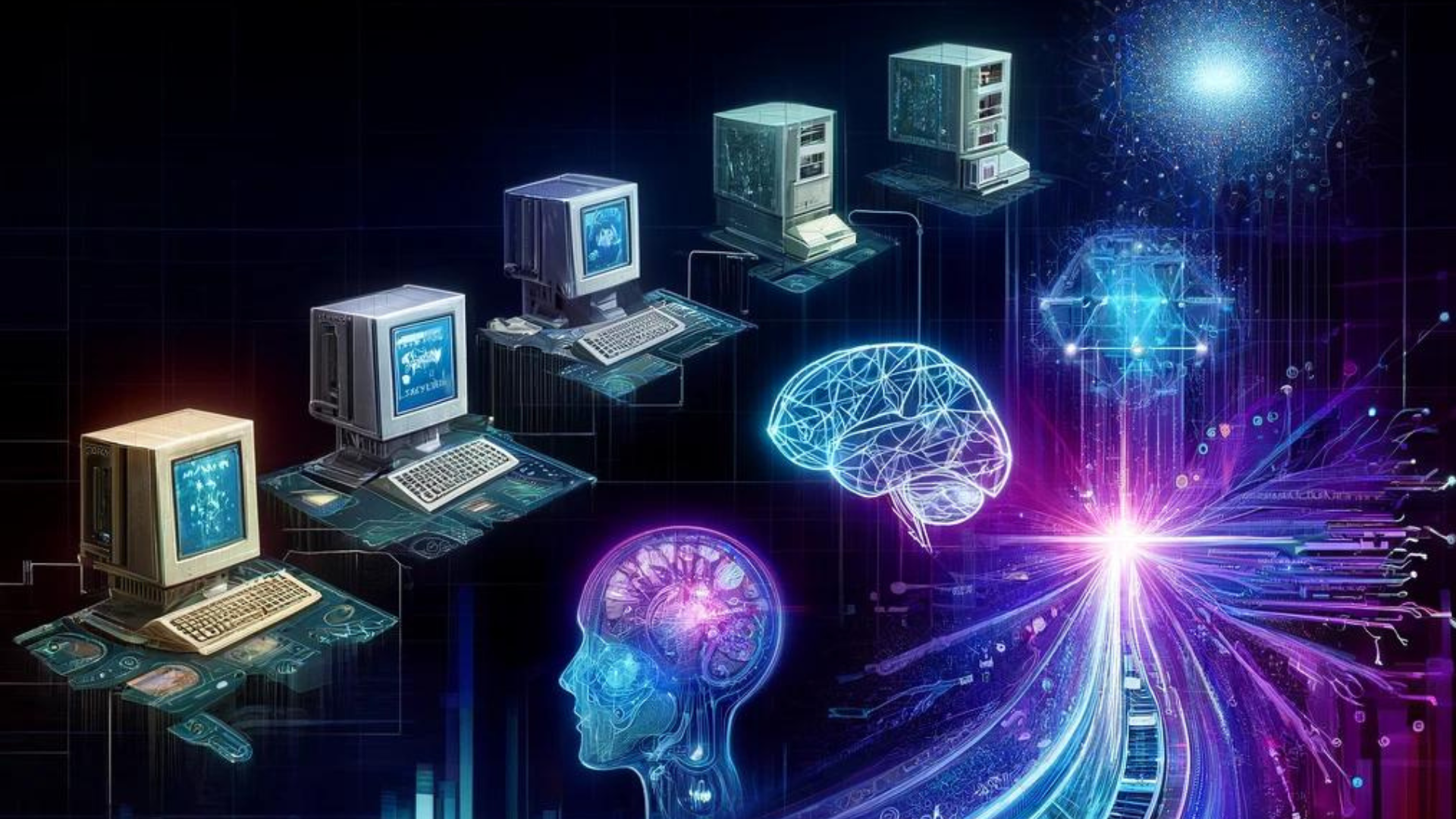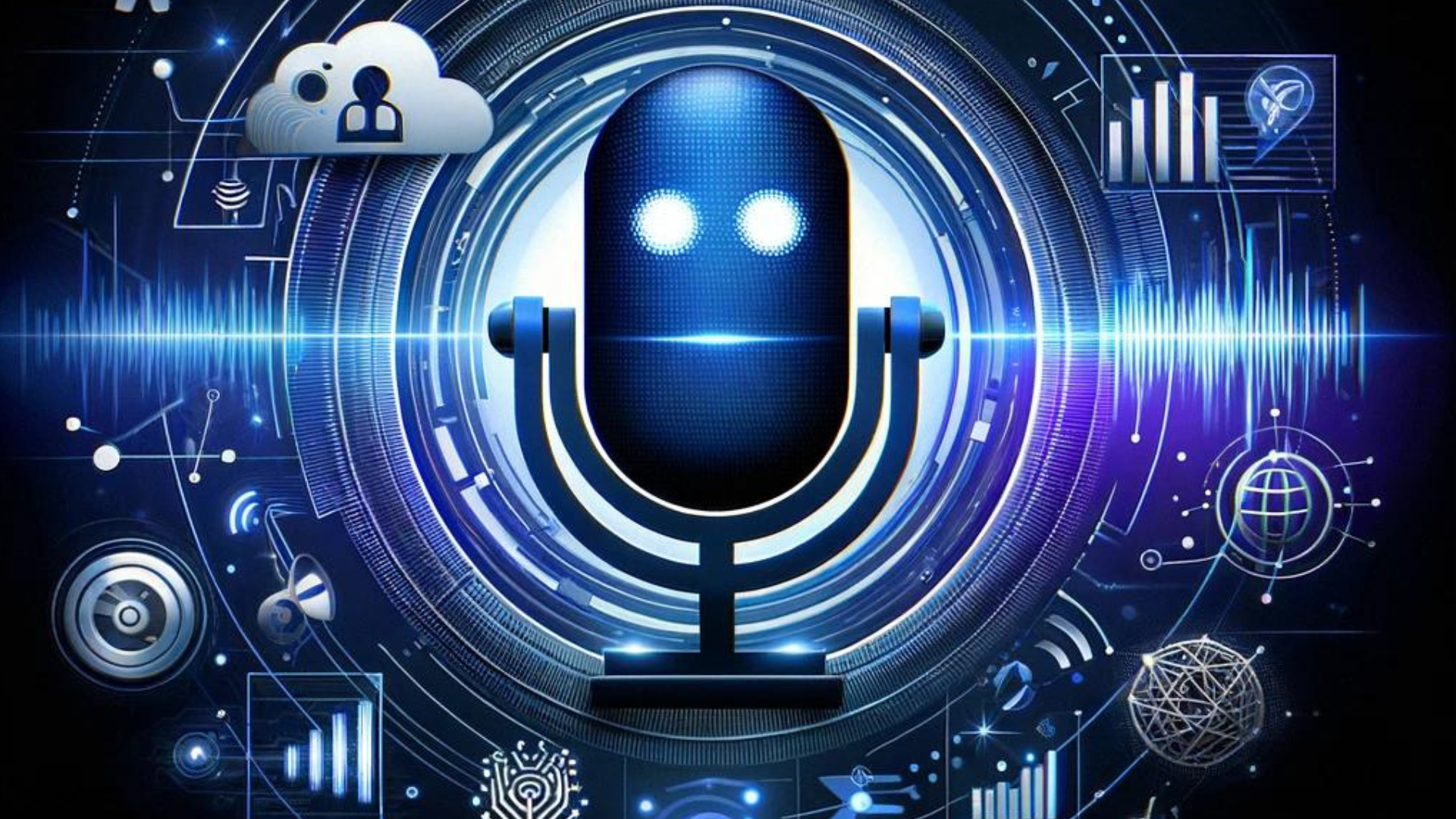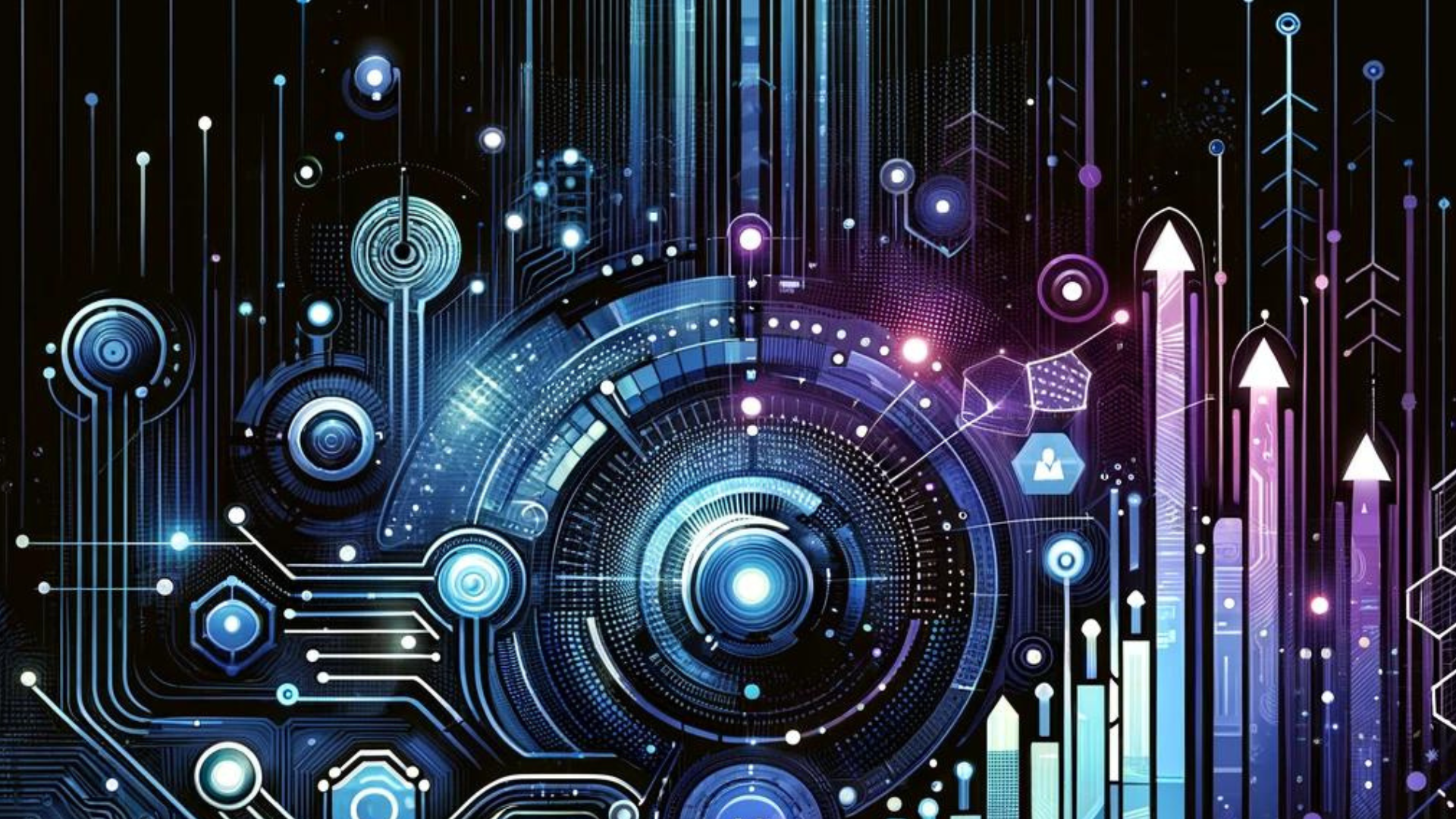From Steam Engines to Neural Engines: AI and the Next Evolution of Our Civilization
Over the last decade, we’ve experienced an extraordinary boom in the field of Artificial Intelligence (AI). Its footprint has expanded beyond our wildest dreams, finding a place in nearly every aspect of our lives. What lies ahead is a radical shift, the likes of which we’ve only begun to glimpse. The exciting part? What we have today is merely the starting point—the worst it will ever be.
How We Got Where We Are Today
Human progress is akin to a snowball rolling downhill—picking up speed and size as it goes. The road to today has been shaped by a series of revolutions, each a giant leap forward in its time, and each paving the way for what was to come.
Let’s take a step back and look at the four major industrial revolutions that brought us to where we are now:
The First Industrial Revolution: Fueled by water and steam, this era ushered in mechanized production. It’s symbolized by pioneers like Thomas Savery, who in 1698 patented a pump using hand-operated valves to extract water from mines by leveraging steam’s condensing power. This marked the beginning of our reliance on technology for mass production.
The Second Industrial Revolution: Then came the second wave, marked by the rise of electricity and its application in mass production. Think about the practical incandescent light bulb, patented for the first time in 1879 by Thomas Edison. Lighting quickly became one of the first public utilities made possible by electrical power, forever changing the course of human history.
The Third Industrial Revolution: Fast forward to the late 20th century, and we encounter the digital revolution, with electronics, computing, and networking underpinning the dramatic shift to automated production. This period was nothing short of a tech explosion, with Apple releasing their first personal computer in 1976, Microsoft shipping out version 1.0 of MS-DOS in 1981, and the first version of Google appearing on the web in 1996.
The Fourth Industrial Revolution: As we navigate through the fourth industrial revolution, we’re witnessing a powerful fusion of physical, digital, and biological realms. It’s here, in the heart of the fourth industrial revolution, that we see the emergence of artificial intelligence as not just a central driving force behind this new era but the catalyst of the next seismic shift in our civilization.
Standing on the shoulders of all the technological advancements that came before, AI is poised to amplify our capabilities in unprecedented ways, akin to how electricity lit up the world and energized industry.
Artificial Intelligence: The New Electricity
From the assembly lines of manufacturing to the data-driven depths of advertising, AI is already powering change. It’s the invisible assistant making decisions about our bank loans, the unseen orchestrator optimizing logistics and distribution, and even the navigational guide for delivery drivers worldwide.
While today’s AI applications are truly groundbreaking, they merely scratch the surface of what is yet to come—this is merely our starting point. Advancements in AI technology and its adoption are accelerating at a blistering pace. According to Next Move Strategy Consulting, the AI market is projected to explode from $100 billion today to nearly $2 trillion by 2030.
“Just as electricity transformed almost everything 100 years ago, today I actually have a hard time thinking of an industry that I don’t think AI will transform in the next several years,” said Andrew Ng, a globally recognized leader in AI who worked as a co-founder and head of Google Brain.
According to professional services firm Accenture, 40% of working hours across various industries could be affected by large language models (LLMs) like ChatGPT alone, with banking, insurance, software, capital markets, and energy being impacted the most.
Statistics like this don’t even take into account the exponential growth of AI. With every passing year, the capacities of AI are not merely improving, but multiplying. Predicting the full extent of its impact is akin to trying to predict the impact of electricity at the dawn of the 20th century. In sectors like AI sometimes little happens in decades, and decades can happen in weeks. We are currently experiencing decades of advancements happen in weeks and sometimes days.
For example, ChatGPT has seen blazing-fast improvements since its inception. It started as a tool capable of writing somewhat coherent, short responses, and has now blossomed into an entity capable of carrying out complex, nuanced, and lengthy conversations. The evolution of ChatGPT mirrors the evolution of AI in general—explosive, transformative, and accelerating. The next version of ChatGPT – GPT5 has been rumored to be 10x to 100x larger and better than GPT4 with an expected launch near the turn of the year.
Therefore, let’s not simply see AI as the next tech buzzword or hype cycle. Instead, let’s recognize it for what it is—the new electricity. A force of innovation set to rewire the world and redefine the future. What we see today is just a glimpse of its potential, the very tip of a gargantuan iceberg. We stand on the precipice of a world powered by AI, a world of unprecedented possibilities and progress.
Conclusion
As we chart our course into the future, we must acknowledge AI’s pivotal role in the evolution of our civilization. Like the steam engine, the light bulb, and the personal computer before it, AI is the next transformative force, set to recast our world in ways we are only beginning to imagine. The best we can do is to embrace the change, knowing that each prior revolution has advanced our society in remarkable ways.


